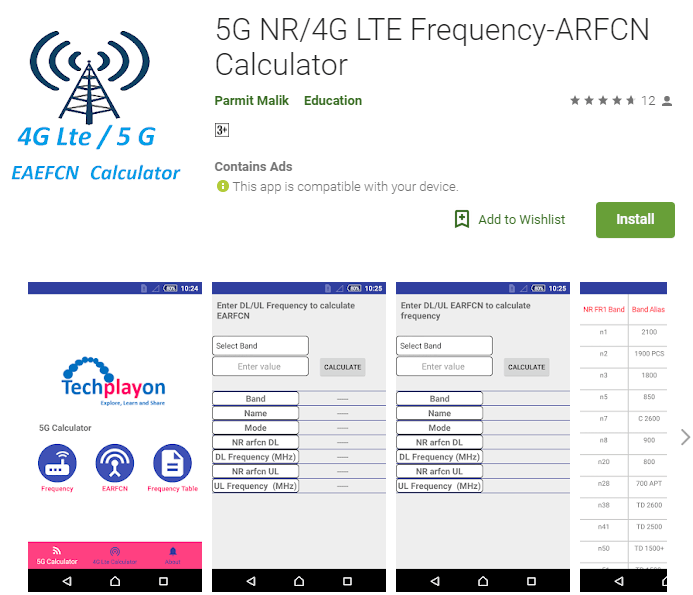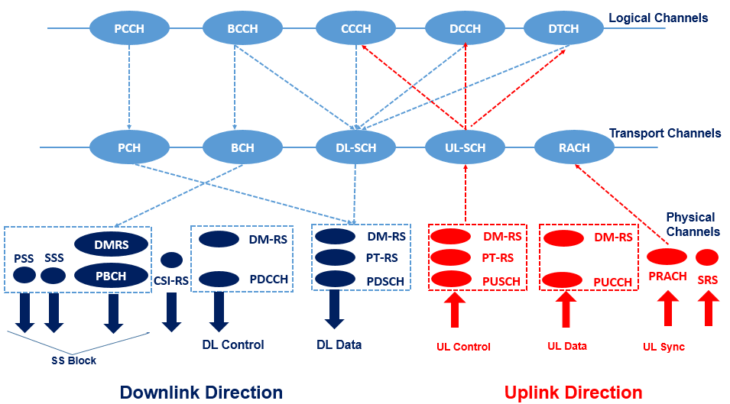NR Physical Layer Specifications in 5G overview
A Work Item of the detailed specifications of 5G RAN for 5G commercial services is being conducted in 3GPP. The non-standalone NR specifications, which enable early deployment of NR carriers by exploiting LTE/LTE-Advanced carriers as the master node carriers, were completed in December 2017. In June 2018, the standalone NR specifications, which require full NR functionality and do not rely on LTE/LTE-Advanced carriers, were also completed. In this article, we present the NR physical layer specifications.
1. Introduction
With the spread of smartphones and tablet terminals, it has become easier for people to collect information and enjoy rich content such as videos and music at any time and in any location. The
quality of the content available to these terminals has also been improved dramatically. Furthermore, it is expected that services made possible by the “Internet of Things” (IoT) era, where everything is connected to networks, will become increasingly important in the future.
Under such circumstances, the 3rd Generation Partnership Project (3GPP) formulated the New Radio (NR) standard for wireless communication in 5th Generation mobile communication systems (5G), which doesnʼt have backward compatibility with LTE and LTE-Advanced. NR supports various use- cases such as enhanced Mobile BroadBand (eMBB), Ultra-Reliable and Low-Latency Communications (URLLC), and massive Machine-Type Communications (MTC), over a very wide frequency range from below 1 GHz to 52.6 GHz. This article describes the underlying technologies from the physical layer perspective of NR that are specified to realize these requirements from the various use-cases.
2.Frame Structure/Duplex Mode NR Physical Layer Specifications in 5G.
3.Initial Access and Mobility / NR Physical Layer Specifications in 5G.
4. MIMO/Beamforming / NR Physical Layer Specifications in 5G overview.
In the high-frequency band, it is very important to obtain a high beamforming gain(Gain: One of the radiation characteristics of an antenna. An indicator of how many times larger the radiation strength in the antennaʼs direction of peak radiation is relative to a standard antenna) by using many antennas to compensate for the effects of radio wave attenuation. The high-frequency band of NR re-quires the use of Multiple Input Multiple Output.
(MIMO) (MIMO: A signal transmission technology that improves communication quality and spectral efficiency by using multiple transmitter and receiver antennas to transmit signals at the same time and same frequency) technology that assumes the availability of hybrid beamforming using up to 256 antenna elements at the base station and up to 32 antenna elements at the user equipment.
5.Scheduling/HARQ ( NR Physical Layer Specifications in 5G ).
In NR, as in LTE, the downlink data channels and uplink data channels are scheduled based on the Downlink Control Information (DCI). The DCI is transmitted and received via the Physical Downlink Control Channel (PDCCH). As in LTE, it is
possible to use the frequency domain resource assignment field included in DCI to allocate frequency- domain resources in resource block units. In addition, in NR, the DCI is also able to indicate the time- domain resources for data channel scheduling.
6.Modulation and Channel Coding Schemes (NR Physical Layer Specifications in 5G overview).
Tables 2 and 3 show the modulation and channel coding schemes that can be used for NR downlink and uplink communication, respectively.
- Modulation Schemes
As the primary modulation scheme, in addition to the schemes specified since Release 8 LTE, 256QAM and π/2-BPSK that are available in the latest LTE are also supported in NR. For the second modulation scheme, the same scheme as in LTE ̶ Orthogonal Frequency Division Multiplexing with a Cyclic Prefix (CP- OFDM) ̶ is applied to the downlink channels. For the uplink channels, it is possible to apply
7.Transmit Power Control ( NR Physical Layer Specifications in 5G).
In NR, since transmitting/receiving beams can be formed in both the base station and the user equipment, transmission power control is specified by taking into consideration the beamforming operation, which causes beamforming gain variation when switching the transmitting/receiving beam.
The user equipment can use reference signals to which the transmitting/receiving beams are applied in order to estimate the path loss including the beam gain. Specifically, the path loss is estimated by comparing the transmit power before apply- ing the transmit beam with the received power after applying the receiving beam. By applying different transmitting/receiving beams to multiple reference signals, the reference signal to be used can be dynamically switched to adapt to path loss fluctuations caused by switching of the transmitting/ receiving beams.
8.BWP/CA ( NR Physical Layer Specifications in 5G ).
In NR, the maximum bandwidth per carrier is much larger than in LTE: 100 MHz at frequencies below 6 GHz and 400 MHz at higher frequencies. For carriers operated with such a large bandwidth, NR supports the BandWidth Part (BWP) concept whereby user equipment can use smaller bandwidths than the carrier bandwidth used by the base station.



